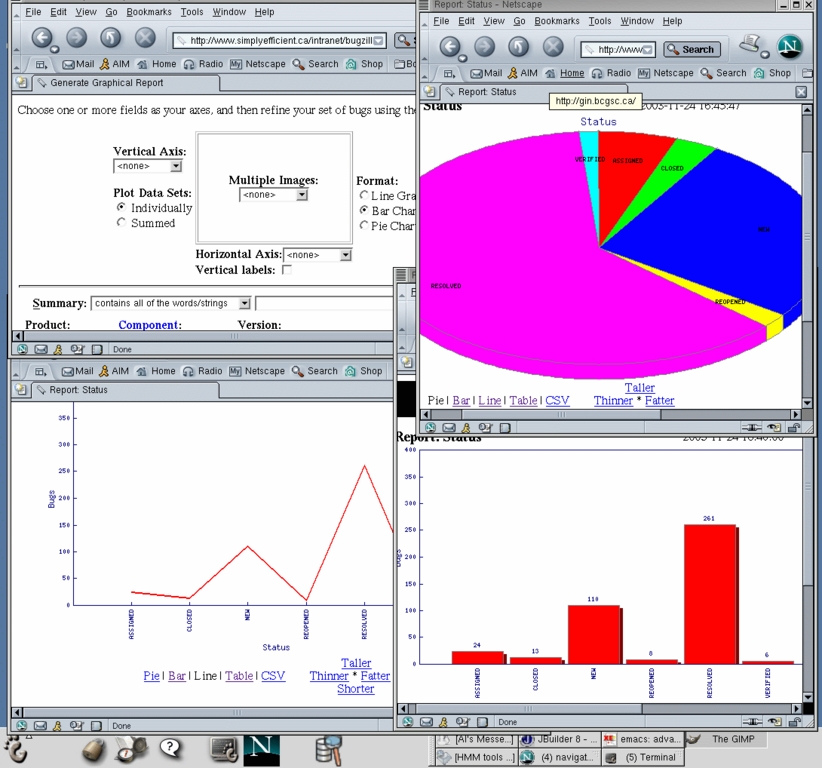

When the server wants the user agent to authenticate itself towards the server after receiving an unauthenticated request, it must send a response with a HTTP 401 Unauthorized status line and a WWW-Authenticate header field.

īrute forcing credentials is not actively prevented or detected (unless a server-side mechanism is used). Most browsers allow users to specifically clear only credentials, though the option may be hard to find, and typically clears credentials for all visited sites. In modern browsers, cached credentials for basic authentication are typically cleared when clearing browsing history.

execCommand ( 'ClearAuthenticationCache' ) Microsoft Internet Explorer offers a dedicated JavaScript method to clear cached credentials: However, this behavior is inconsistent between various browsers and browser versions. One of them is redirecting the user to a URL on the same domain, using credentials that are intentionally incorrect. However, there are a number of methods to clear cached credentials in certain web browsers. HTTP does not provide a method for a web server to instruct the client to "log out" the user. Therefore, basic authentication is typically used in conjunction with HTTPS to provide confidentiality.īecause the BA field has to be sent in the header of each HTTP request, the web browser needs to cache credentials for a reasonable period of time to avoid constantly prompting the user for their username and password. They are merely encoded with Base64 in transit and not encrypted or hashed in any way. The BA mechanism does not provide confidentiality protection for the transmitted credentials. HTTP Basic authentication (BA) implementation is the simplest technique for enforcing access controls to web resources because it does not require cookies, session identifiers, or login pages rather, HTTP Basic authentication uses standard fields in the HTTP header. It is specified in RFC 7617 from 2015, which obsoletes RFC 2617 from 1999. It was originally implemented by Ari Luotonen at CERN in 1993 and defined in the HTTP 1.0 specification in 1996.
#Bugzilla logs password
In basic HTTP authentication, a request contains a header field in the form of Authorization: Basic, where credentials is the Base64 encoding of ID and password joined by a single colon. a web browser) to provide a user name and password when making a request. In the context of an HTTP transaction, basic access authentication is a method for an HTTP user agent (e.g. Access control method for the HTTP network communication protocol


 0 kommentar(er)
0 kommentar(er)
